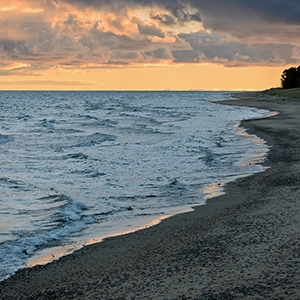Towards ecological flows: status of the benthic macroinvertebrate community during summer low-flow periods in a regulated lowland river

All claims expressed in this article are solely those of the authors and do not necessarily represent those of their affiliated organizations, or those of the publisher, the editors and the reviewers. Any product that may be evaluated in this article or claim that may be made by its manufacturer is not guaranteed or endorsed by the publisher.
Authors
Climate change along with the increasing exploitation of water resources exacerbates low-flow periods, causing detrimental effects on riverine communities. The main mitigation measure currently adopted to counteract hydrological alterations induced by off-stream diversion is the release of minimum flows (MFs), even if within the European Union Water Framework Directive an upgrade towards ecological flows is urgently required to achieve good ecological status (GES). In this study, we investigated the temporal evolution of the benthic macroinvertebrate community in an Italian-regulated lowland river (Ticino River) to clarify the ecological effects of summer low flows, and we evaluated the current MFs in the perspective of meeting GES standard. Biomonitoring was carried out for four consecutive years (2019-2022), in a river site immediately below a large off-stream diversion. The four study years were characterized by different streamflow patterns, thus allowing us to compare the temporal trajectories of the community under different flow conditions. Moreover, the interruption of the low-flow periods due to overflow spilled by the upstream dam gave us the opportunity to assess the effects of experimental flow peaks. Contrary to the expectation, the macroinvertebrate assemblage kept almost unvaried across the years, showing great resistance and resilience to hydrological changes. Even in extraordinarily dry 2022, the community composition varied only slightly, with a reduction of mayflies and an increase of mollusks. However, a deterioration of the ecological status below GES standard was recorded that summer, indicating the need for an upgrading of the current MFs. This upgrade would include experimental flow peaks in critical periods, which act as intermediate disturbances, enhancing community richness, diversity, and overall quality, as well as compliance with a threshold of an index specifically developed for the hydrological pressure.
How to Cite

This work is licensed under a Creative Commons Attribution-NonCommercial 4.0 International License.






